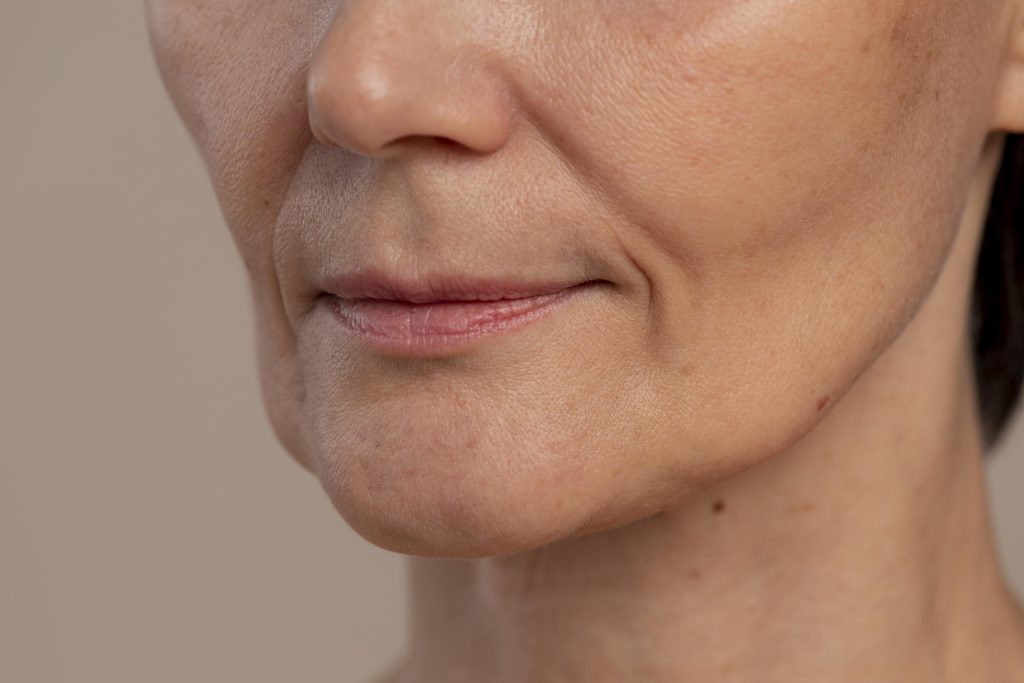Explore Lilium Skin Clinic’s comprehensive guide to understanding and treating facial volume loss. Commonly associated with ageing, genetics, and lifestyle factors, volume depletion can lead to hollowing, sagging, and a fatigued appearance. Our advanced clinical solutions—including dermal fillers, collagen-stimulating treatments, and personalised skincare—are expertly designed to restore structure, enhance contours, and rejuvenate your facial aesthetic with natural-looking, youthful results.

As we age, collagen and elastin production slow down, especially after reaching 30 years old. This reduction leads to the development of fine lines, wrinkles, and a significant decrease in facial volume, firmness, and plumpness due to the loss of fat. Collagen provides skin firmness, while elastin ensures elasticity, making their decline responsible for sagging and facial hollowing. Factors contributing to the decrease in facial volume include genetics, natural aging, sun damage, environmental aggressors, smoking, hormonal imbalances, illness, certain medications, and drastic or frequent weight loss.
The natural aging process leads to a decrease in collagen and elastin production, which are essential for maintaining skin’s firmness and elasticity. As these structural elements decline, facial tissues may start to sag and lose volume
Over time, fat pads that give the face a youthful plumpness can shift and diminish. This can result in hollow areas, particularly around the cheeks and under the eyes, contributing to loss of volume
With age, bones in the face can experience subtle changes, leading to a reduction in the framework that supports facial tissues. This can lead to sagging and loss of volume
Prolonged sun exposure can accelerate collagen breakdown and elastin damage, hastening the loss of volume in the face and promoting premature aging
Unhealthy lifestyle habits like smoking, poor diet, and inadequate skincare can accelerate the loss of facial volume. Smoking, for example, reduces blood flow to the skin and can contribute to premature aging